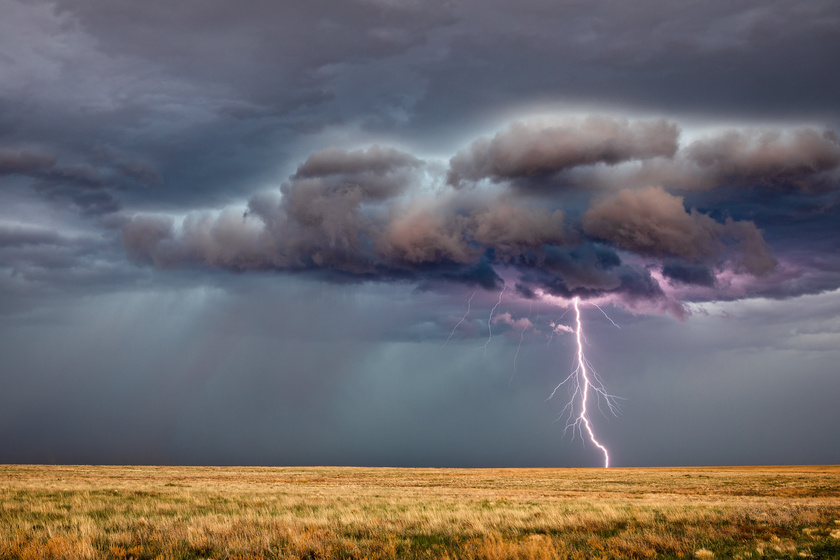As tornados may strike with hardly any early hints, it is vital for seniors with chronic illnesses to prepare in advance. Here are tips to understand the signs of tornados in Slidell, LA.
Higher Ocean Swell
About 72 hours before tornados land, ocean swell rises to around 2 meters (6 feet). Waves touch the shore every nine seconds. This is a trending early warning signal of a tornado nearby. When the tornado comes near the land, waves may strike the shore faster and rise to 5 meters (16 feet) in height.
Barometric Pressure Falls
The barometer starts to fall about 36 hours before tornados land, just when the tornado is 30 hours apart and slowly drops as the storm approaches. As many think a fall in barometric pressure may worsen arthritis or result in headaches, a perfect way of detecting a fall in barometric pressure is by viewing the barometers. Low barometric pressure might trigger many to go through lower blood pressure.
Wind Velocity
Wind speed rises as a tornado comes near land, from about 18 kilometers per hour (11 miles per hour) 36 hours before landfall to as high as 167 kilometers per hour (104 miles per hour) one hour before landfall. It’s windy and gets stronger, blowing loose items about and taking out branches.
Bigger Rainfall
Rain comes in about 18 hours before the tornado. It’s a driving rain that may fall intermittently, aggravating as the tornado comes near the land until it has a continual downpour about 6 hours before the tornado hits. This may trigger flooding in lower land.
Tornado Preparation Tips for Senior Folks
As tornados may hit Alabama with no early signs, it remains essential for seniors with chronic illnesses to prepare ahead. As reported by the CDC, chronic illness may deteriorate owing to shortages in water and food, severe cold or heat, anxiety, or exposure to a weather hazard.
Supposing you or your senior kin are more sensitive to the hazards linked to tornados, there are actions you may undertake for heightened protection.
#1 – Plan in advance. Do you need to escape? Begin with a google search of your district title or the term “tornado evacuation zones” to discover if you reside within an evacuation zone. Certain websites have online tools to search for zones near your location.
#2 – Gather some emergency supplies. If you weather storms from home, you require a minimum of three days of supplies and food. It’s better to begin preparations as fast as stores get crowded or supply is limited. Your tornado emergency kit must have the following:
- COVID-19 Vaccination Certificates
- Hygiene care supplies that include toilet rolls, bacterial wipes, hand sanitizers
- Canned food
- Traditional can opener
- Spare copies of keys
- First aid supplies
- A week’s supply of clothing
- Cards, books, chess, or more non-electronic types of games
- Flashlights, spare batteries, or torches
- Water – a gallon per individual per day
- Battery-charged or transistor radio, spare batteries on demand
- A minimum of one week of medication, medical supplies, or tools
- Sunscreen, shades, or caps
- Pet supplies, like food, bottled water, medicines, and immunization certificates
- Pocket-knives
- Whistles
- Umbrellas
If you or your close kin have “furry kids,” read further on tornado preparedness for animals. When you evacuate, you might have to board your animals, as many shelters may just accept service animals.
Ensure that your bags and medical equipment, including wheelchairs, canes, or oxygen canisters, get labeled with your data.







